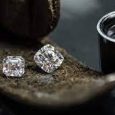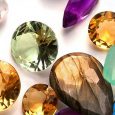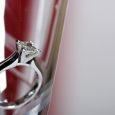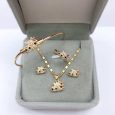Lab-grown diamonds are also known as cultured or engineered diamonds. These stones are manufactured in controlled laboratories using advanced technologies. The processes involved in making lab-grown diamonds imitate the natural conditions required to make natural diamonds. These artificial diamonds also have carbon atoms. Scientists arrange them in the distinctive diamond structure. Because lab-grown diamonds are also carbon-based, they have the same chemical and optical properties as natural diamonds.

The Process of Making Lab-Grown Diamonds
Lab-grown diamonds result from the extreme heat and pressure that create natural diamonds. Billions of years are condensed into hours or even days. There might be some levels of differences in exact composition, but they are excellent products. You can only distinguish lab-grown diamonds from natural ones by using specialized equipment. This tool can find minor variations in crystal growth and trace elements.
The Difference Between Diamond Simulants and Lab-Grown Diamonds
Diamond simulants like moissanite and cubic zirconia resemble diamonds. Even so, they are not made of real carbon crystals. Simulants do not carry the same physical and chemical properties that natural diamonds have. Because of this, they cost less than lab-grown diamonds. By using a handheld diamond tester, you can differentiate a lab-grown and a natural diamond from cubic zirconia. Certain lab-grown diamonds and natural colored diamonds can be mistaken as moissanite with diamond testers that indicate a similarity in their electrical conductivity. Gemologists can isolate moissanite from diamonds because of the differences in their refractive properties.

The Difference Between Lab Grown Diamonds and Natural Diamonds
Although these synthetic diamonds display the same traits as natural diamonds, there are still undeniable differences. Even if you use a jewelry loupe, it is challenging to differentiate these two types of diamonds. To know that the diamond you hold is lab-grown, there should be a certification.
Lab-grown diamonds are mass-produced diamonds. They cost less and they come in various carat weights and shapes. They do not have resale value, but they are good for engagement rings. On the other hand, natural diamonds are more expensive. Their resale value is at least 50% and they are also available in various colors, shapes, and carat weight. Of course, no stone represents true love more than natural diamonds.
Why Some People Like Lab-Grown Diamonds
The industry of making lab-grown diamonds is fast growing. The younger buyers are attracted to them because of their environmental value and price range. As of now, more buyers are making purchases and more diamond labs are opening. On matters of the environment, many people think that making diamonds in labs is much less damaging than mining for diamonds. Currently, there is no complete information about the carbon footprint of lab-grown diamonds. Some experts say that creating diamonds in the lab consumes more energy than mining them. This might be some form of propaganda to support the mining of natural diamonds. Just imagine how much carbon is released each time parts of the earth are dug up.
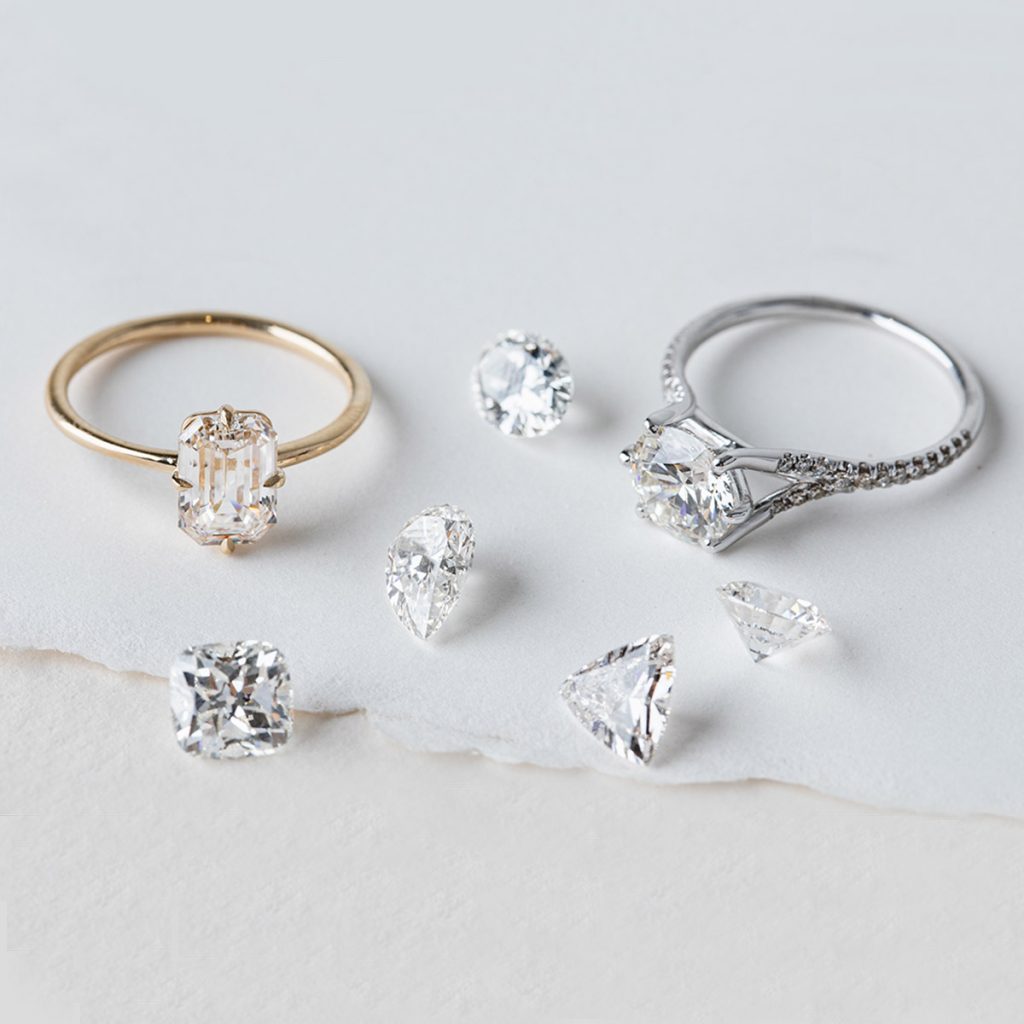
Because of this, the Federal Trade Commission in the United States warns lab diamond companies to be careful when they declare that they are eco-friendly. These companies should have evidence to prove that they are before they make this declaration. According to the Diamond Foundry, the carbon footprint of mining diamonds is much higher than the carbon footprint of diamond-making laboratories.
Approximately 250 tonnes of earth are shifted for each carat of natural diamonds. Yet, a consultancy called Trucost estimated that the given figure is so much less than the previous report of Diamond Producers Association. They said that the carbon emission from lab-grown diamonds stands at 510 kilograms per polished carat weight. The diamonds that have been mined only emit 160 kilograms of carbon emissions per polished carat.
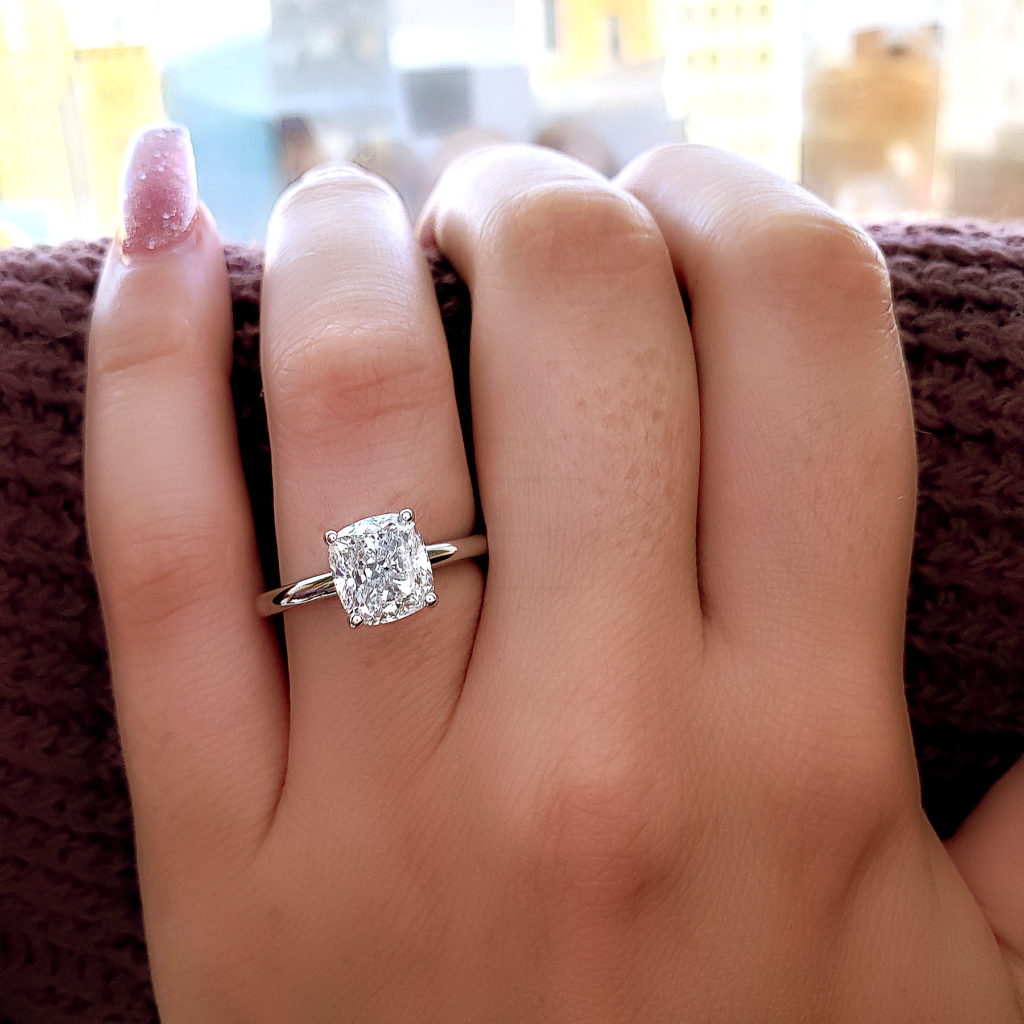
If you want to get less expensive diamonds because you are on a budget, lab-grown diamonds are for you. These diamonds are also diamonds. In fact, it is even challenging to sort them from natural diamonds, even with the help of a loupe. Even if their environmental value is still unclear, these diamonds can be mistaken as natural ones. You should talk to the jeweler you know for an honest evaluation of the diamond that you buy.



